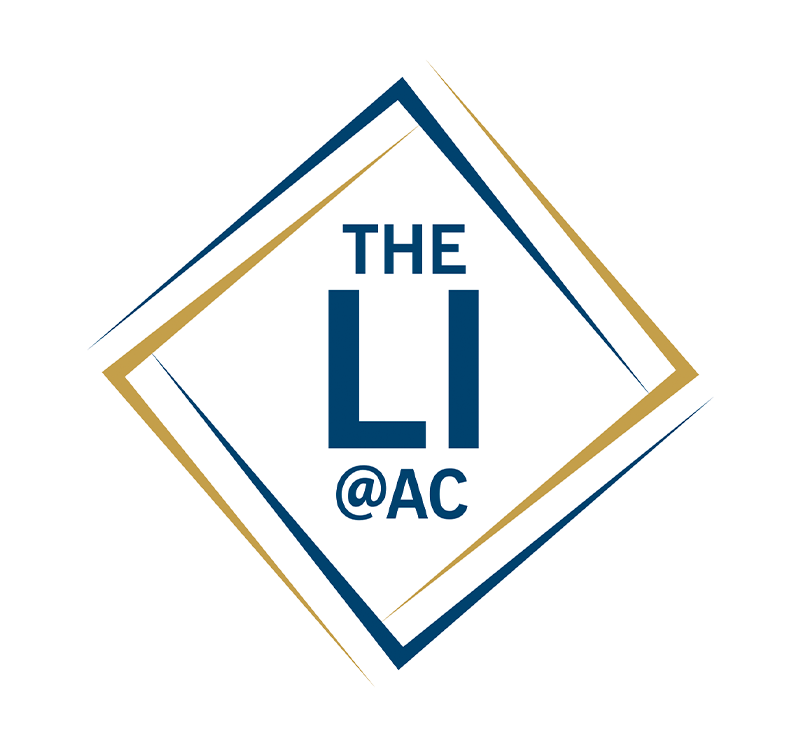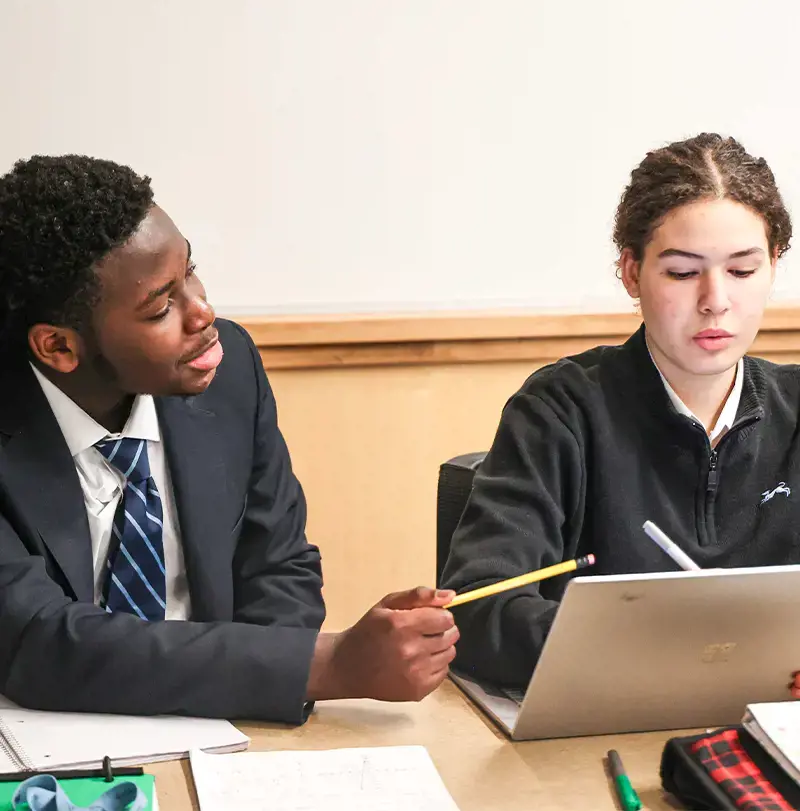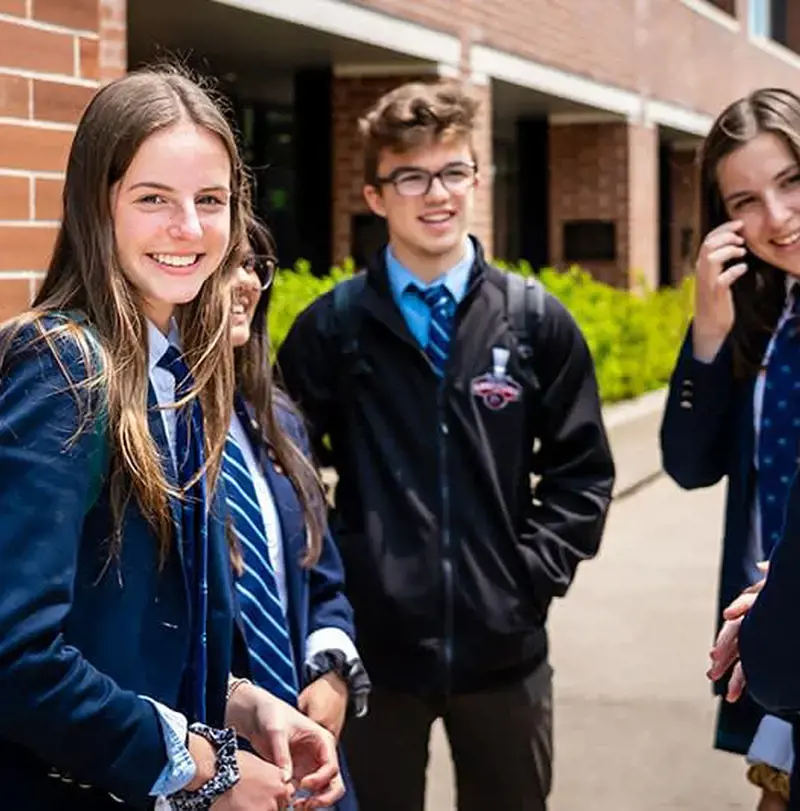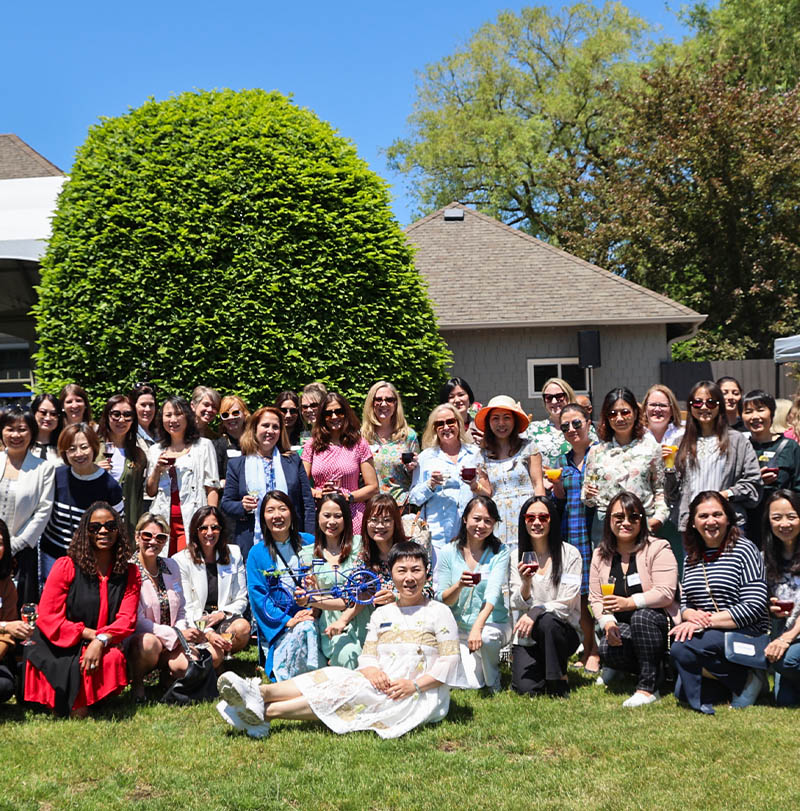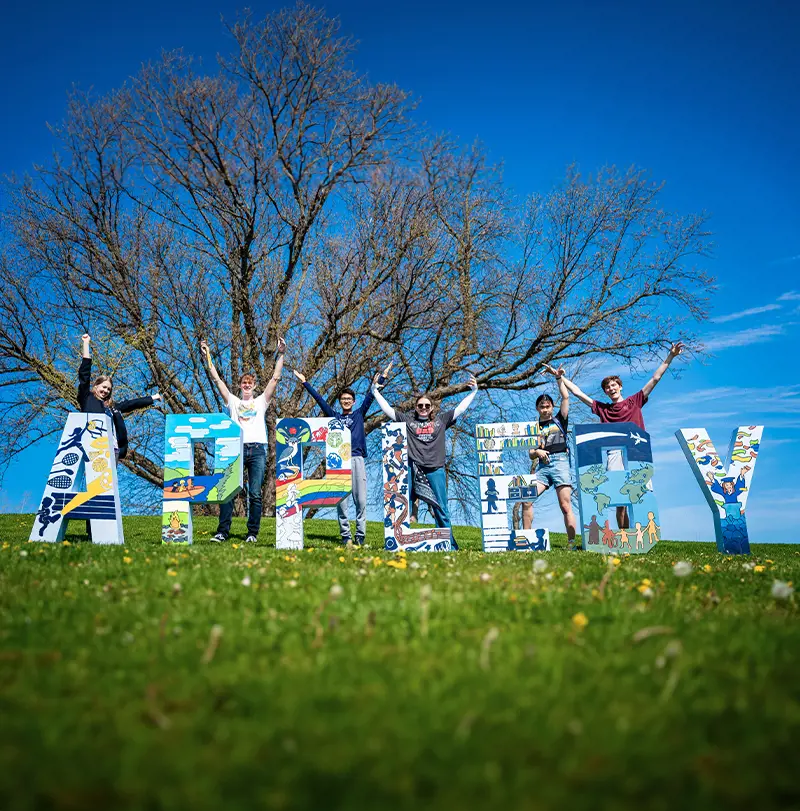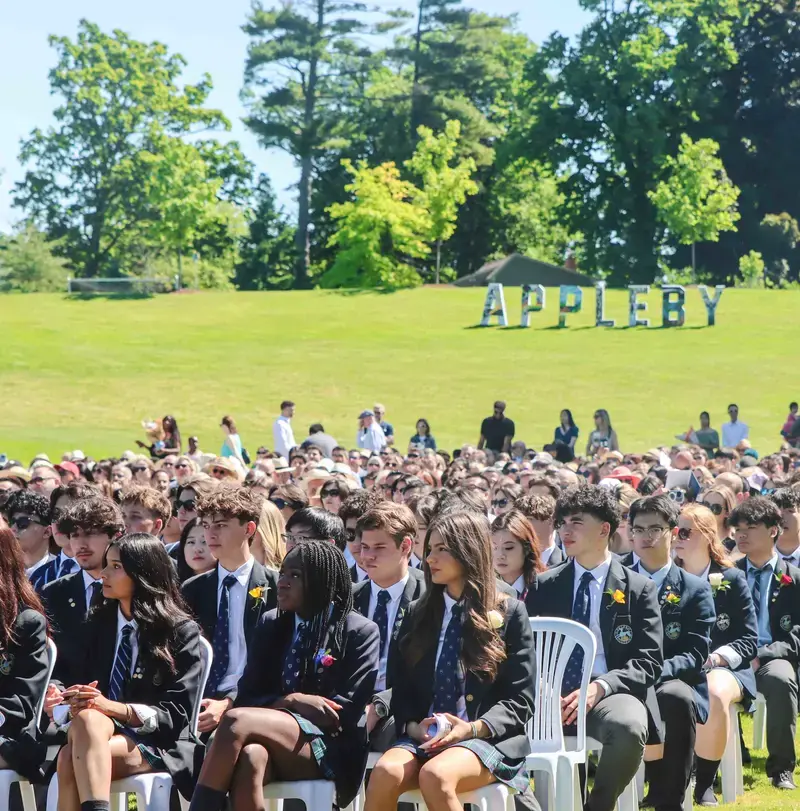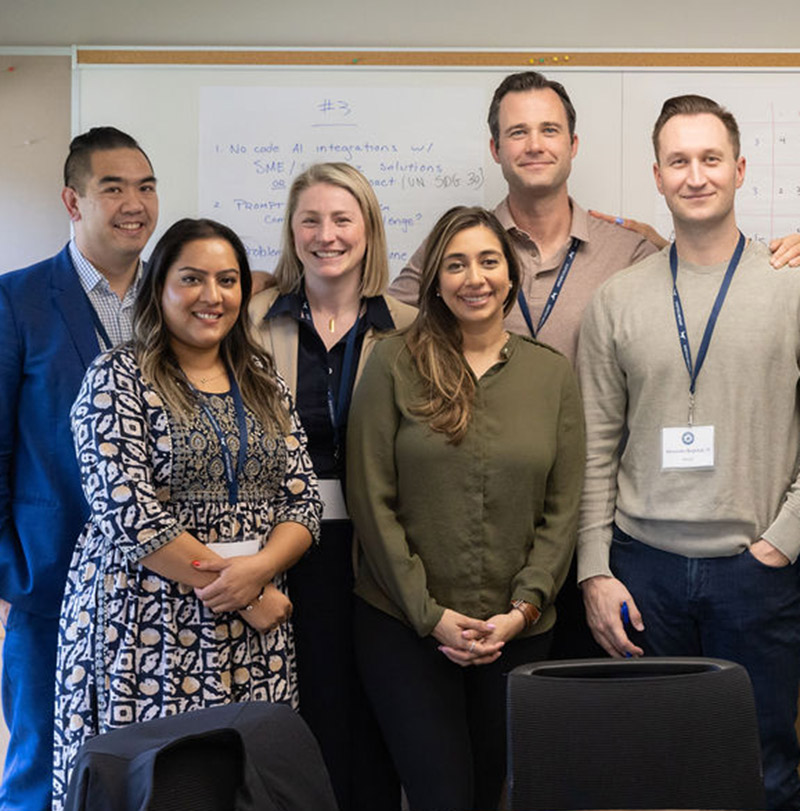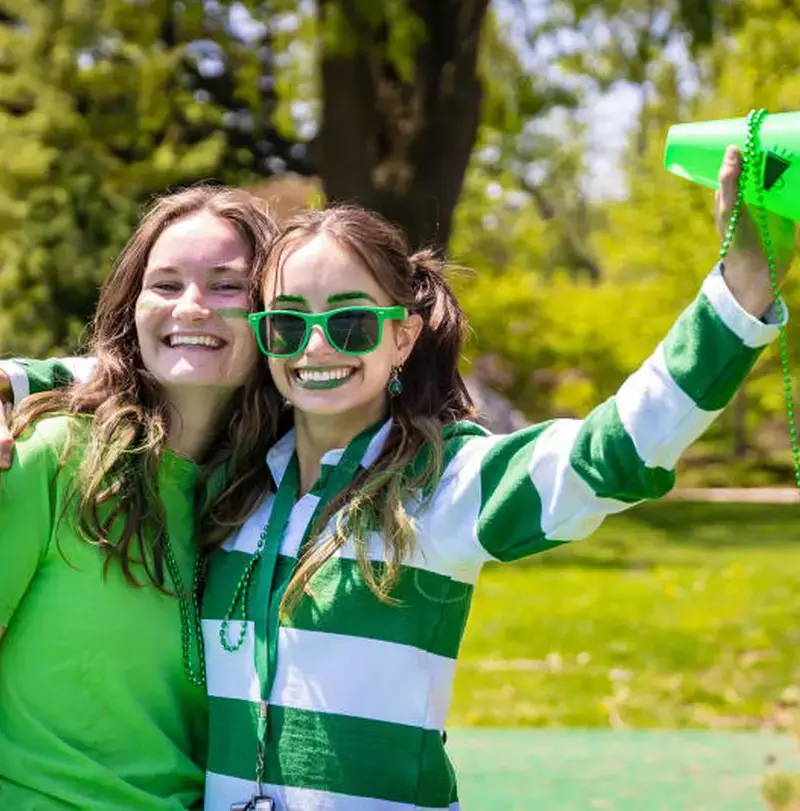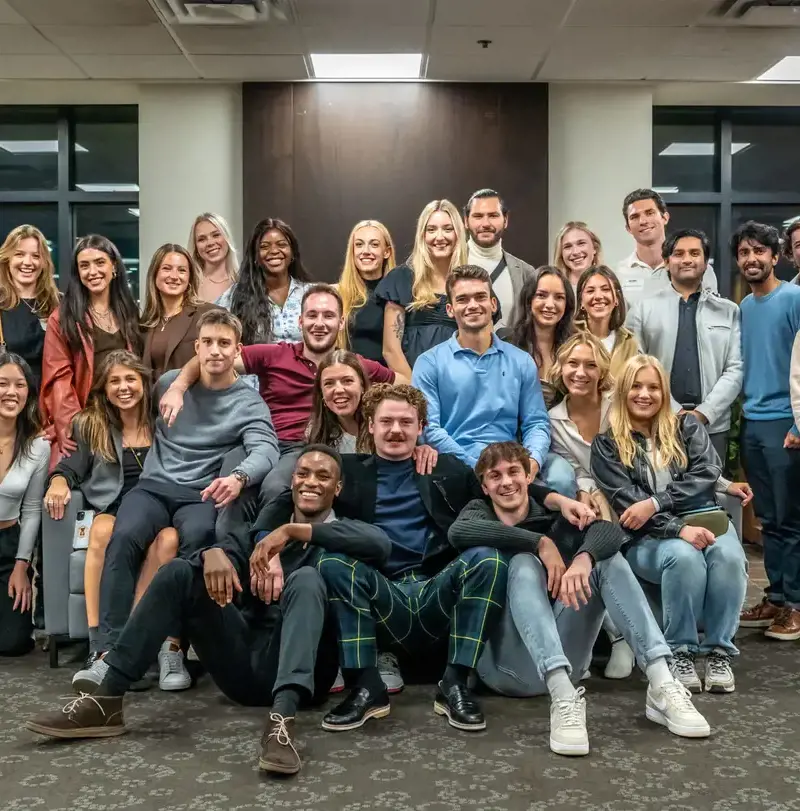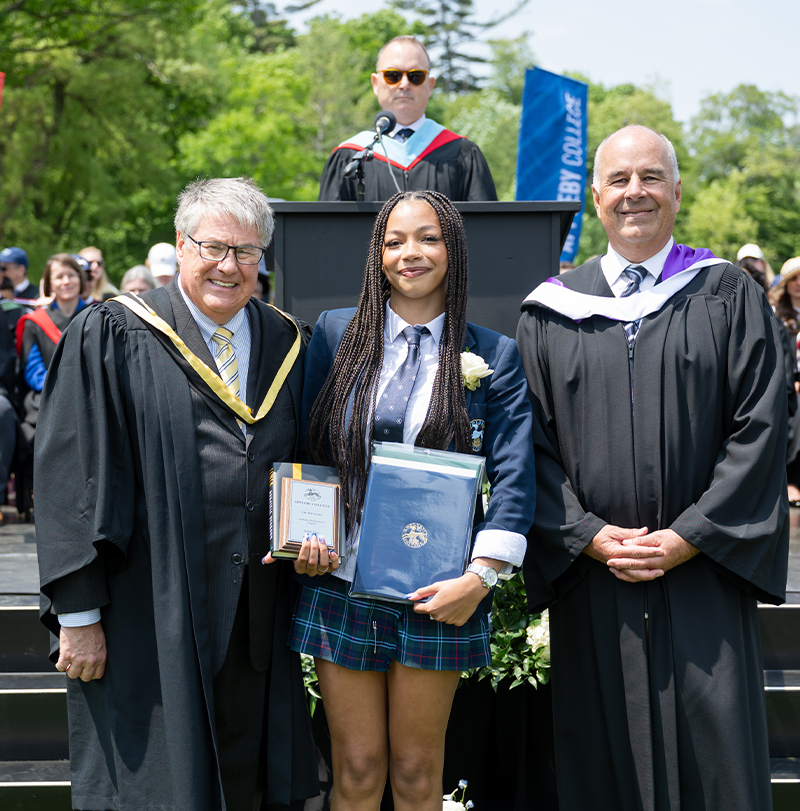Augmented Reality in the French Classroom
by Janay Eccles
When giving my French students choice to ‘show what they know’, one question is inevitably always asked: “Can I make a PowerPoint presentation?” These six simple words led me to deep introspection about why students gravitate to this specific mode for disseminating knowledge. While I strive in my instructional design to include games, simulations, movement activities, and other modalities to teach the French language, my Middle School students still defer to PowerPoint as a presentation tool. At Appleby, we aspire for our students to think creatively, challenge norms, and embrace new ways of thinking. This is encompassed in our school Pillars – “Think Creatively”. I wanted to show my Middle School students how to “Think Creatively” by demonstrating the utility of technology, expanding their thinking, and modelling a tool that could showcase their learning. This inspired the creation of my Augmented Reality (AR) project.
While I had experimented with Augmented Reality (AR) in the past, this summer, I sought out professional development to learn tips for working with a green screen application and how this could be paired with AR. After participating in this professional development, I was left with a series of hypotheses that I look forward to re-evaluating throughout the year:
Firstly, AR will provide increased opportunities for interaction and student engagement.
Many of us will remember a prime example of AR in the summer of 2016. I was training for a half marathon, as I had done the year before. Yet, in 2016, the lakefront trail where I did my long runs was no longer ‘my own’. Instead, it felt as though the neighbourhood had emerged and discovered my running route. With cellphones in hand, they were playing Pokémon Go. Augmented Reality was an engaging tool that brought folks out of their houses in search of virtual creatures on their screens. While we will not be chasing creatures around the school campus, I am hopeful that students will be similarly engaged in the creation and testing of their AR French tasks. The AR tasks that I have designed for students allow them to take ownership of their learning in an interactive, hands-on way.
Secondly, AR will serve as a tool for hesitant language learners to practice their oral communication in a less-intimidating manner.
Using AR should not be a gimmick; it must support learning goals. When learning languages, students can be self-conscious of their developing accent and pronunciation. As a result, some students are hesitant to participate in French class. I hope that Augmented Reality will offer a less-intimidating way for these students to practice their oral communication. Often when presenting in front of the class, students have one chance to demonstrate their mastery of the conventions of a language. I hope that using AR will provide students with opportunities to seek feedback on the clarity of their message, allowing them to share a final product they are proud of.
Finally, students will begin to see opportunities to transfer their knowledge of AR to their other courses.
I am hopeful that after some prompting and discussion in-class, students will seek out opportunities to use AR as a way to share what they know in their other classes. Fewer requests to make a PowerPoint presentation in French class would be my personal ‘win’ for this project. However, a true measure of success of this AR project is if students see how AR can be applied to their other courses and they feel confident enough to use the tool independently, without teacher direction.
As the school year begins, my next steps will be to:
- Understand my students’ familiarity and comfort with speaking French, using design applications, and using iPads
- Teach my students the French vocabulary for the tools we will be using
- Design concise lessons that introduce AR and the applications to the students
- Seek feedback from colleagues and refine these lessons to improve their clarity
- Scaffold student skill development with the tech tools through the creation and completion of an AR practice task
- Complete an Augmented Reality Portrait task for Unit 1 of the Middle Two French course

